Home Front Friday: Skipper for a Day
Home Front Friday is a regular series that highlights the can do spirit on the Home Front during World War II and illustrates how that spirit is still alive today!
In addition to St. Patrick’s Day, yesterday was National Submarine Day, commemorating the day that Irish engineer John Philip Holland first successfully demonstrated his sub to the United States Navy. The holiday is sometimes also celebrated on April 11, which was the day that the government formally purchased Holland’s submarine, making it the first commissioned sub for the U.S. Navy!
Of course, during World War II, submarines played a major role in both Axis and Allied combat. Submarine warfare was terrifying and deadly, and veterans of the “Silent Service,” as the submarine force was sometimes called, emerged with harrowing stories of near-death experiences. The National WWII Museum honors these brave men who risked their lives in such dangerous battle with its exclusive exhibit on the U.S.S. Tang, the highest scoring submarine in the United States Navy with an impressive record of taking down 33 enemy ships.
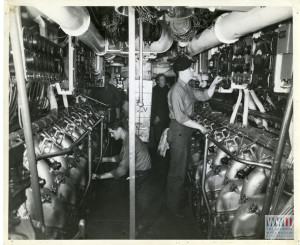
Life aboard a U.S. Navy submarine. American submarines are powered by diesel engines when operating on the surface. Here machinist mates check the mammoth twin Diesels in the engine room of a U.S. sub.

Torpedo Attack – A commanding officer at the periscope of a U.S. submarine, ready to loose torpedoes on the enemy.
Launched in 1943 under Captain Richard “Dick” H. O’Kane, the Tang only served for five patrols over the course of nine months. On her first four missions, the Tang managed to sink 20 enemy ships. On her fifth and final mission, the Tang downed a remarkable 13 ships. However, tragedy struck when her last torpedo broached and boomeranged back towards the Tang. It collided with the port side, sweeping O’Kane and part of his crew out into the water. Only nine men survived the sinking of the Tang, and all were quickly taken prisoner by a Japanese patrol craft and spent the rest of the war in a POW camp. O’Kane was one of the survivors of the disaster and went on to become not only one of the most decorated American sub skippers of the Navy, but one of the most decorated servicemen of the entire war. He was awarded was awarded the Medal of Honor for his actions aboard Tang, three Navy Crosses, three Silver Stars, the Legion of Merit with a “V” device for Valor, the Purple Heart, three Presidential Unit Citations and numerous other service medals.
Want to have a submarine experience without going underwater? Follow these instructions to make your own paper periscope!
What you need:
- Cardstock or construction paper
- Small mirrors (we used reflective adhesive sheets)
- Scissors
- Tape or glue
Steps:
- Print out this template on cardstock paper:
You can also print it out on regular paper and glue it to cardboard or foam board if you prefer!
- Cut along the solid lines. Be sure to cut along lines that touch as well!

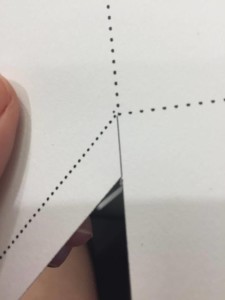
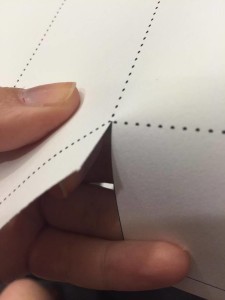
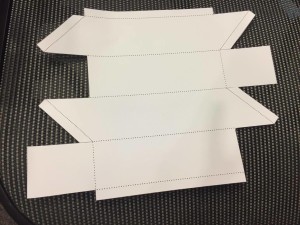 If you would like to color your periscope, it’s best to do it now while it’s still flat!
If you would like to color your periscope, it’s best to do it now while it’s still flat!
- Once you have cut your periscope out, it’s time to start folding! Fold your template along all of the dotted lines. It should look something like this:
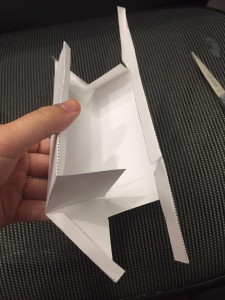
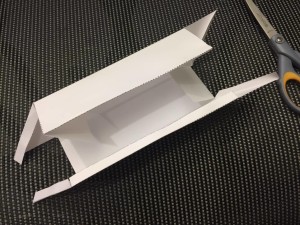
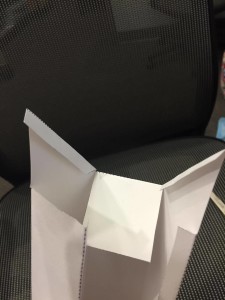
- Now, begin gluing! Use the tabs to connect all of the loose edges of your periscope together.
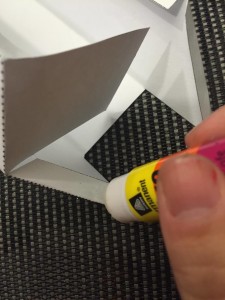
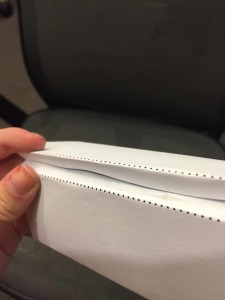
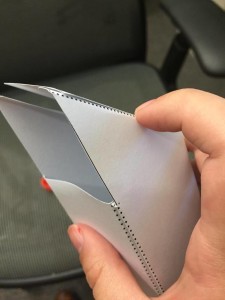
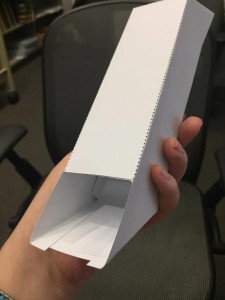
- Once you have made the body of your periscope, it’s time to place the mirrors! Place a mirror on each angled side of your periscope, one on top and one on bottom. This is the most important part!
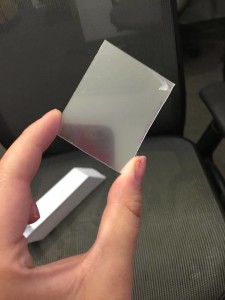
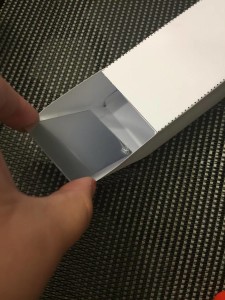
- All done! You can now see far and wide with your new periscope!
There are many different ways to make periscopes! You can also use cereal boxes or PVC pipes, as long as you have the angled mirrors and peepholes. Remember, the longer your periscope, the smaller your image will be.
Happy sailing!
Posted by Katie Atkins, Education Intern and Lauren Handley, Assistant Director of Education for Public Programs at The National WWII Museum.
- Posted :
- Post Category :
- Tags :
- Follow responses to this entry through the RSS 2.0 feed. You can skip to the end and leave a response. Pinging is currently not allowed.


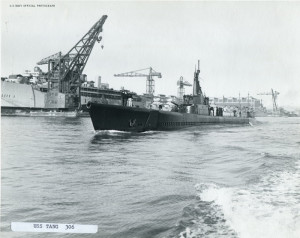



Leave a Reply